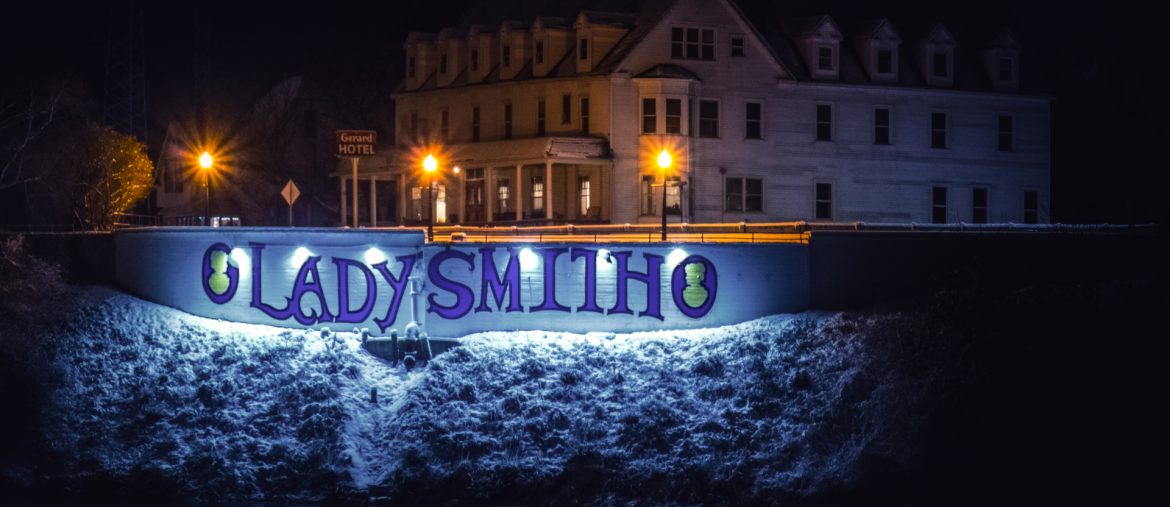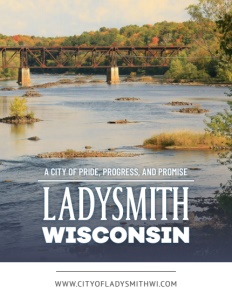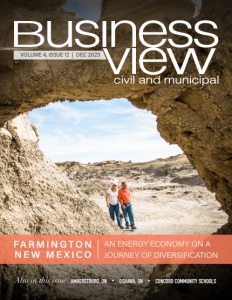Ladysmith, Wisconsin
Ladysmith, Wisconsin – a City of Pride, Progress, and Promise
This small town celebrates its past, cultivates its present, and looks to its future
Originally the province of the Ojibwe Native Americans, the area that would become Ladysmith, Wisconsin was first platted by settlers in 1885 and called Flambeau Falls. In 1887, it was renamed Corbett, after one of its local businessmen, and then Warner in 1888. Renamed again after the bride of Charles R. Smith, head of the Menasha Wooden Ware Co., the Village of Ladysmith was incorporated in 1901. It finally became the City of Ladysmith in 1905.
Because of its location on the Flambeau River, which makes an “S” curve right through its center, Ladysmith was originally a logging town; its sawmills processed the lumber that floated down to it from upstream forests.
A century later, Ladysmith was also home to the Flambeau Mine, which was at the time, the only metallic ore mine operating in the state of Wisconsin. Between 1993 and 1997, the Flambeau Mine produced 181,000 tons of copper, 334,000 ounces of gold, and 3.3 million ounces of silver.
The 220-foot deep surface mine was backfilled with waste rock and limestone after its four-year run, then re-contoured with topsoil and vegetation. Now, the former pit is home to hundreds of species of plants and animals and is laced with several miles of hiking trails.
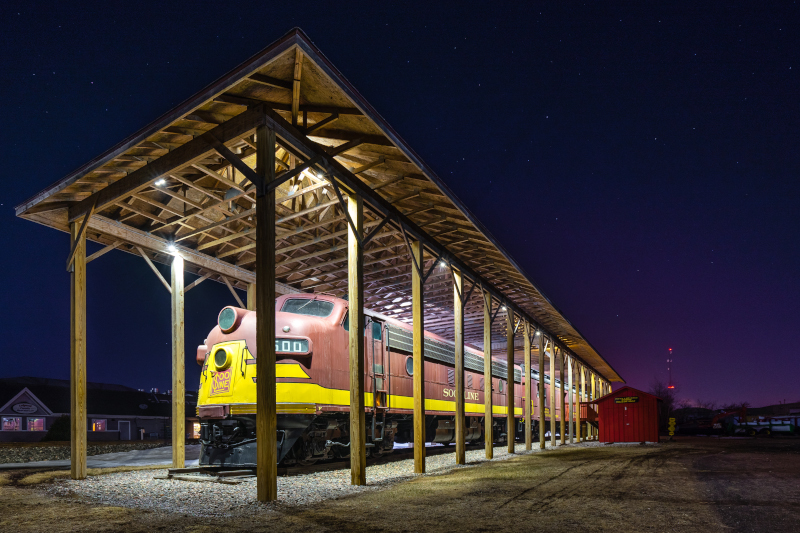
A center of economic activity
Today, Ladysmith, which is located about 2½ hours east of the Twin Cities, and one hour north of Eau Claire, is the economic and cultural center of Rusk County. “We’re one of those traditional small towns,” says City Administrator Alan Christianson who was born in Ladysmith and returned to it after college. “Just about everybody knows everybody else here.”
And yet, this “small town” also has several main industrial areas and is home to several large manufacturing companies including Weather Shield Windows and Doors; Henry Repeating Arms (a firearms and long gun manufacturer); Indeck Bio Fuels (a maker of wood pellets); Centerline Architectural Supply; ADF Inc. (a producer of acrylic displays); Besse Lumber Company; PJ Murphy Wood Products; and A&M Fiberglass Manufacturing, BiOrigin, Westlake Enterprises and Rockwell Automation.
Ladysmith also has a thriving downtown district with local shops and businesses, many of which were severely impacted by the recent COVID-19 pandemic. And because its small businesses are the true economic backbone of the community, Christianson says that the city council created a business emergency relief fund program and partnered with the Ladysmith Community Industrial Development Corporation to assist its local small businesses while they were closed down. The fund helped pay for utilities, insurance, etc. to offset lost sales.
“That was at a time when some of the states and federal programs were still just rolling out, or hadn’t even rolled out yet,” he notes. “One of the nice things about being in a small community where everybody cares about their neighbors is that we were able to hit the ground running and offer that assistance to see them through that tough time when COVID was first hitting.”
Small town, big amenities
While Ladysmith may be a relatively small community, there is nothing small about its abundant offerings of vibrant cultural and community events that take place throughout the year. “Our centerpiece event is the Northland Mardi Gras, organized by the Northland Community Club, which happens the third full weekend in July,” Christianson reports.
“It’s your traditional small-town festival with carnival rides and games, food vendors, live music, a beer garden, arts and crafts, and a street parade. One of the unique things about the event is the Venetian Night Parade down the Flambeau River on Friday and Saturday nights. There are floats on the river and a fireworks show both nights.”
“We’ve also got a county fair and rodeo that happens about a month later and smaller events that happen through the summer,” Christianson continues. “We have a downtown music series called Music on Miner that our local Chamber of Commerce puts on; Music in the Park that our local arts alliance puts on; Winter Magic, where our downtown businesses have different activities; and happening just outside the city in the winter, our local Lions Club puts on Fun on the Frozen Flambeau, which features an ice fishing contest. So, when you incorporate the entirety of Rusk County, it’s hard to find a weekend when there isn’t something happening.”
In addition to all of those events, Ladysmith also has several private music venues and a historic, single-screen, art-deco movie theater that still shows first-run movies. The Rusk County Historical Society Museum has a wide variety of displays that include antique farm machinery, an original one-room schoolhouse, a replica log cabin, and artifacts from the two World Wars.
“We also have several railroad displays, including an old steam locomotive, and an early diesel passenger locomotive with three cars and a wooden caboose. Those are wonderful attractions that we’ve invested money into in recent years,” Christianson notes. “We also have several murals around town dedicated to our area veterans, and we’ve got a beautiful veterans memorial in our main park, Memorial Park, which is a point of pride here in Ladysmith; we’re very proud and supportive of our veteran population.”
Caring for the necessities
While all of those cultural and community events are taking place above ground, the city council and staff have been hard at work making sure that the city’s underground infrastructure is functioning and up to date. “We have a project out for bid, right now, that will take place in the spring of 2024,” Christianson says. “It’s a $4 million rebuild of the century-old utility lines under Miner Avenue, which is our main street. We received a Community Development Block Grant (from the federal Housing and Urban Development Department) to cover up to a million dollars of that; we also have applications with the Wisconsin DNR (Department of Natural Resources) for both water and sanitary sewer work. So, once that’s all done, there will be all new underground utility lines, new sidewalks that are ADA-compliant, new curbs and gutters, and new pavement.”
Another major infrastructure project was recently completed in the city’s main industrial park on the south side of town. “We received a $1.2 million grant from the U.S. Economic Development Administration that we matched with just under $300,000 in local money,” says Christianson.
“The big thing that we accomplished was finishing looping our whole city water system. There was a dead end out in the park and a dead end on the other side of the river. This project allowed us to connect those two dead ends by boring under the river. That side of the industrial area now has sufficient water pressure. The buildings out there that are jointly owned by the city and the county are still available for lease or purchase, as are the vacant lots that are still available for sale. We also built two roads in our industrial park that were town roads that hadn’t had a whole lot of work done to them since the park was developed back in the 1980s. We feel that this project will be a really nice catalyst for future growth in that industrial area.”
Other infrastructure projects in Ladysmith include the construction of a concrete, lighted walkway along the Flambeau River in Memorial Park, with plans to create a similar pathway in another city park this coming spring, and the purchase of an ADA-accessible canoe and kayak launch on the river with funding from one of the city’s local banks. Next spring, the city plans to construct a farmer’s market pavilion downtown with a grant from the Wisconsin Economic Development Corporation.
“We received another grant from the WEDC to acquire a downtown retail building that sat relatively vacant for two decades and we’ll be working with the IndianHead Community Action Agency to locate a thrift store, a food pantry, and also to create some retail incubator space so entrepreneurs can rent it at an affordable rate,” Christianson adds. “To be able to take a building that was underutilized for two decades and give it new life is something that will pay dividends down the road.”
Repurposing older buildings
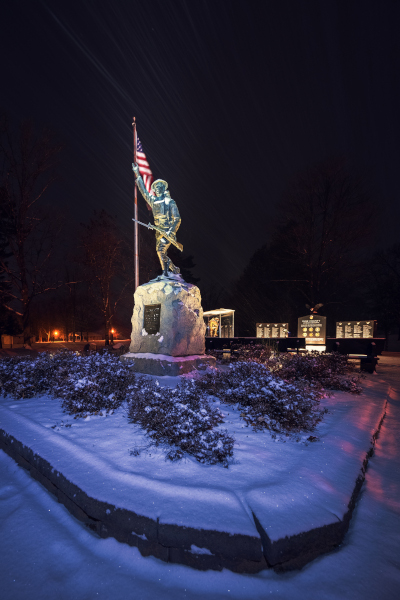 Taking over underused real estate is something that Ladysmith has been doing for some time. Christianson says that the city has a history of saving, and then putting to work, some of the revenue that accrued from the old Flambeau Mine and using it to buy or renovate older industrial properties that otherwise might have been demoed, bringing them up to current standards, and then leasing or selling them back to the private sector.
Taking over underused real estate is something that Ladysmith has been doing for some time. Christianson says that the city has a history of saving, and then putting to work, some of the revenue that accrued from the old Flambeau Mine and using it to buy or renovate older industrial properties that otherwise might have been demoed, bringing them up to current standards, and then leasing or selling them back to the private sector.
“One example is Rockwell Automation here in town,” he says. “They lease a building from the city. When we acquired it, it was going to be torn down; it was owned by a firm that was consolidating operations out of state, so the city put money into fixing it up and ended up leasing it to Rockwell.”
A little over three years ago, the city was able to acquire the former Ladysmith Elementary School from the school district, with a plan to create some new housing options. “They had closed the building a few years earlier and the city was able to acquire that building from the school district for a dollar and a swap for some land they desired near the high school,” Christianson recounts.
“We put out a request for proposals, found a developer, and over the last few years have been applying for different funds from the WHEDA (Wisconsin Housing & Economic Development Association) in the form of tax credits. We’re now at the point where the developer has taken ownership of the school property and will convert the classroom portion of the school into 33 apartments and then build seven three-bedroom homes on the site.
“And the cool part is that the city will be able to retain ownership of the cafeteria and the gym that were part of that school; they’ll get renovated and will be available for community use, such as an adult basketball league; pickleball, which is growing in popularity here; or youth organizations like the scouts. In addition, part of the grant funding we receive will allow us to construct an ADA playground and a new concrete skatepark, as well as some other outdoor recreation amenities on that same site. The ADA playground will be the first of its kind in Rusk County. So, we’re looking forward to that project breaking ground.”
A small city sees growth ahead
Looking forward, while Ladysmith’s population has declined somewhat over the last few decades, Christianson believes that the community is primed for new growth. “We’ve got a lot of natural beauty here,” he opines. “You can drive five minutes in any direction from town and be in the middle of the country. But we’ve still got enough amenities to make it a nice livable place. You can’t have everything that you have in the big city, but I think we’ve put in a good effort and seen a lot of good results.”
It’s no wonder, that Ladysmith, Wisconsin is known as the “City of Pride, Progress, and Promise”
AT A GLANCE
Ladysmith, Wisconsin
WHAT: A small city of 3,150
WHERE: Northwest part of the state, about 130 miles east of Minneapolis
WEBSITE: www.cityofladysmithwi.com
PREFERRED VENDORS
Industrial Development Corporation (IDC) – ladysmithidc@gmail.com
The Ladysmith Community Industrial Development Corporation was formed in 1958 for purposes of community betterment in the Ladysmith area. The corporation has primarily focused its efforts in commercial and industrial real estate development. For over 65 years, the LCIDC has worked as a catalyst for growth in the Ladysmith area. We invite you to come and grow with us.
